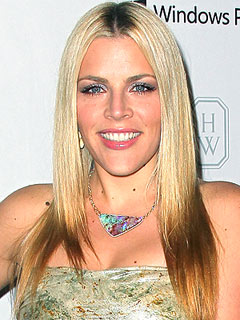JERUSALEM — An academic study of the contents of Israeli and Palestinian Authority textbooks, to be published Monday, finds that each side generally presents the other as the enemy, but it undermines recent assertions by the Israeli government that Palestinian children are educated “to hate.”
Though unusually comprehensive, the report is unlikely to resolve more than a decade of fierce wrangling about the textbooks — part of a broader debate about Palestinian incitement against Israelis — having set off a political furor even before its publication date.
Israel’s Ministry of Education issued a statement in late January dismissing the new research as “biased, unprofessional and significantly lacking in objectivity.” Referring to “bodies that wish to slander the Israeli education system and the state of Israel,” it said the findings were “predetermined” and did not “reliably reflect reality.”
An Israeli member of a scientific advisory panel of experts that oversaw the research, Daniel Sperber, a professor of Talmudic research at Bar-Ilan University, refused to comment on the report, saying its release was “premature.”
Arnon Groiss, another Israeli member of the advisory panel, an Arabist, and the researcher and author of many previous reports critical of the Palestinian Authority textbooks, also refused to endorse the report, saying last week that he had not seen a final version. But he insisted that the authority’s textbooks “prepare the pupils for a future armed struggle for the elimination of the state of Israel.”
A Palestinian member of the advisory panel, Mohammed Dajani, a professor at Al Quds University in the West Bank, countered that the new study was “a strategic vision rather than looking through narrow eyes at one side or another.”
“People who are critical of the report are not appreciative of the work that went into it,” Mr. Dajani added.
Fourteen of the 19 advisory panel members expressed support for the study in a statement on Sunday.
The report was commissioned by the Council of Religious Institutions of the Holy Land, a group of Christian, Jewish and Muslim leaders who advocate for mutual respect and understanding. It was financed by a grant from the United States State Department.
The research was led by two prominent academics with long experience in textbook studies, Daniel Bar-Tal, an Israeli professor of research in child development and education at Tel Aviv University, and Sami Adwan, a Palestinian associate professor of education at Bethlehem University.
The project was originated by Dr. Bruce E. Wexler, professor emeritus of psychiatry at the Yale School of Medicine, who co-founded an organization to promote Israeli-Palestinian cooperation.
In a response to the Israeli Ministry of Education, the three professors cited the rigorous research methods employed and wrote of their hopes that the ministries on both sides would “be moved to prepare a plan of action” to help “advance the peace building process.”
Dr. Wexler added that all the advisory panel members were familiar with the report’s main findings.
Unimpressed with the quality of previous, more subjective studies, Dr. Wexler said that he had insisted on applying scientific research methods for this one, so as “to provide real facts about a controversial issue.”
This included employing research assistants from both sides who were fluent in Hebrew and Arabic and data entered remotely into a database at Yale, similar to a blind study.
The study examined books from Israel’s state secular and religious systems as well as those used in independent ultra-Orthodox schools, books issued by the Palestinian Authority Ministry of Education and used in the West Bank and Gaza, and a small number used in the few independent Islamic Trust schools. It did not include religious scriptures.
Previous studies of Palestinian textbooks by monitoring groups like the Institute for Monitoring Peace and Cultural Tolerance in School Education and Palestinian Media Watch suggested that they promoted the widespread dehumanization of Jews and Israel and a rejection of Israel’s right to exist.
The new study avoids harsh language and couches the bad news in a kind of symmetry.











